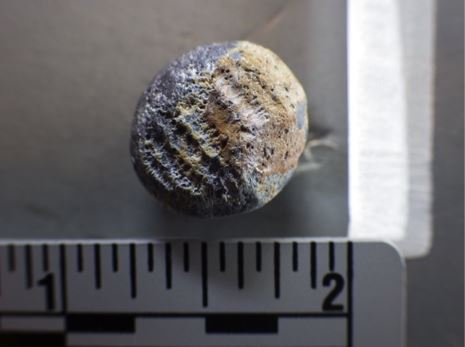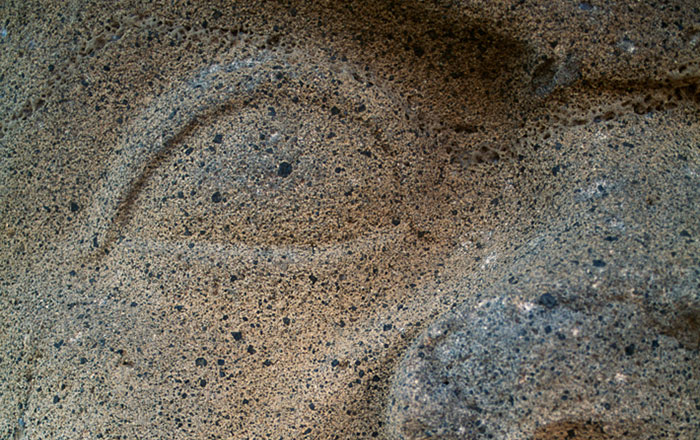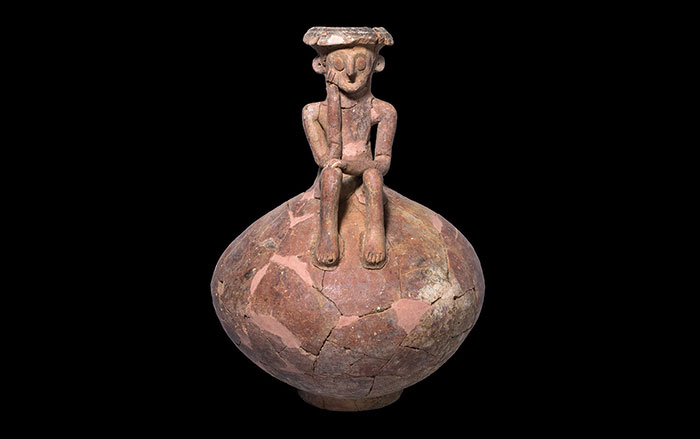
MANALAPAN, NEW JERSEY—NJ.com reports that a lead musket ball recovered from Monmouth Battlefield Park has tested positive for human blood protein. Members of the Battlefield Restoration and Archaeological Volunteer Organization collect musket balls in an effort to learn more about the positions of the Continental Army and British troops during the battle, fought in June 1778. This musket ball in particular is thought to have been used as canister shot—one of many balls stuffed in a tin canister and fired from a cannon. Dan Sivilich, president of the group, sent the ball for testing because it bears an impression resembling coarsely woven fabric, suggesting it had hit a person. He later learned the impression was probably made by a corn stalk after the ball was plowed under the surface of the soil. “It’s very exciting in the fact that we’ve identified a projectile that hit a human target, which tells us definitively that we found the battlefield,” Sivilich said. For more on the archaeology of the American Revolution, go to “Finding Parker’s Revenge.”











